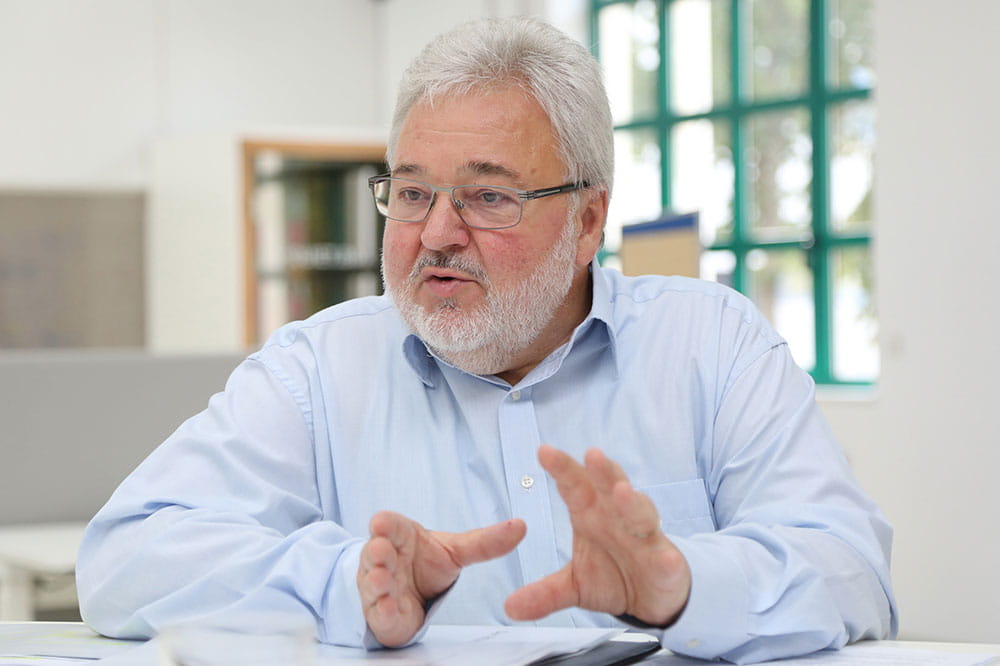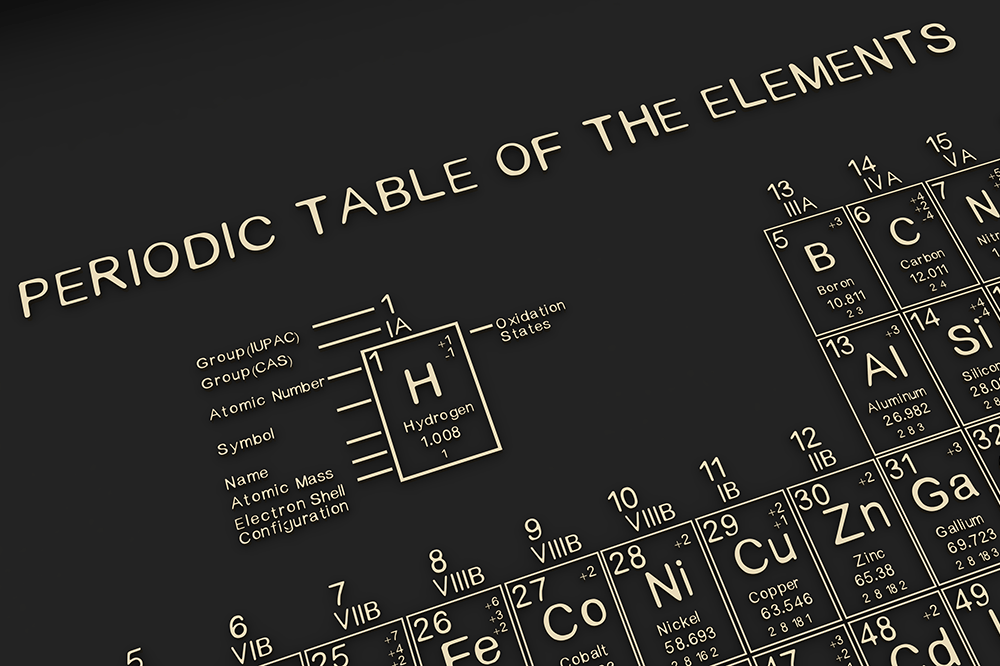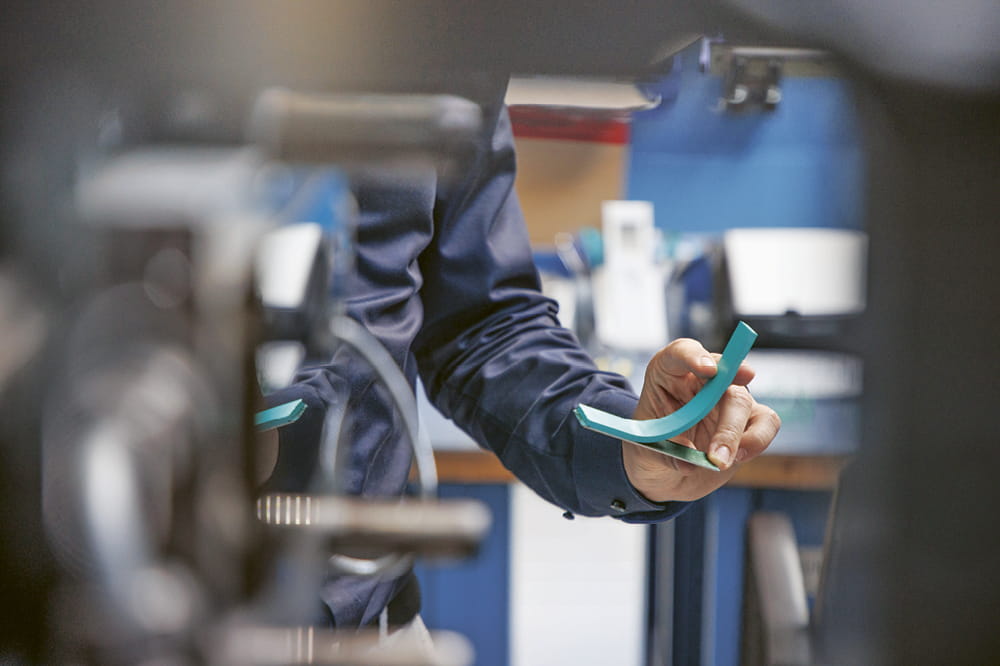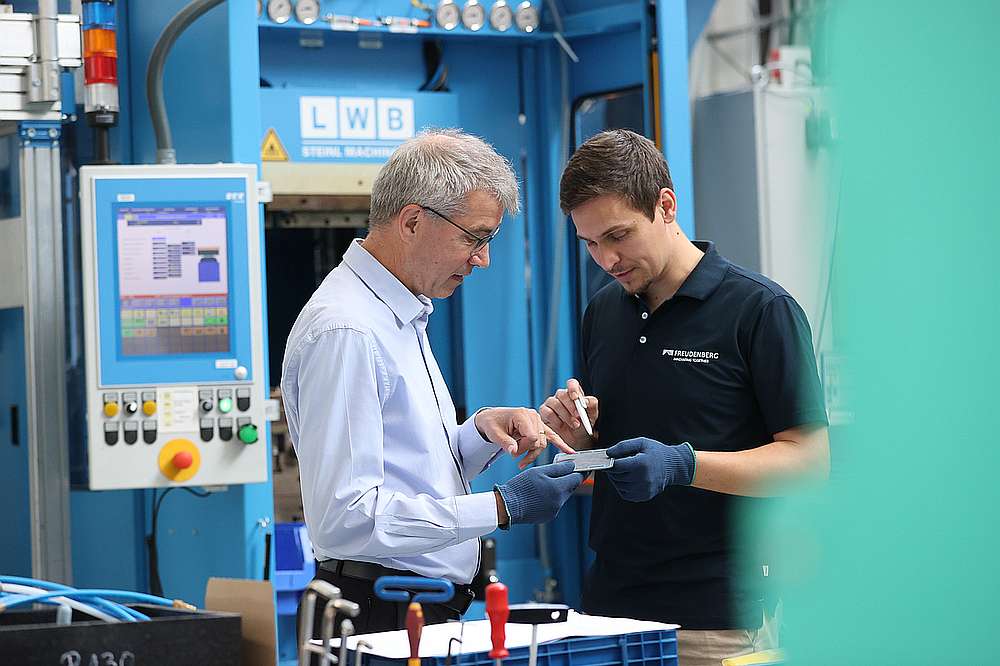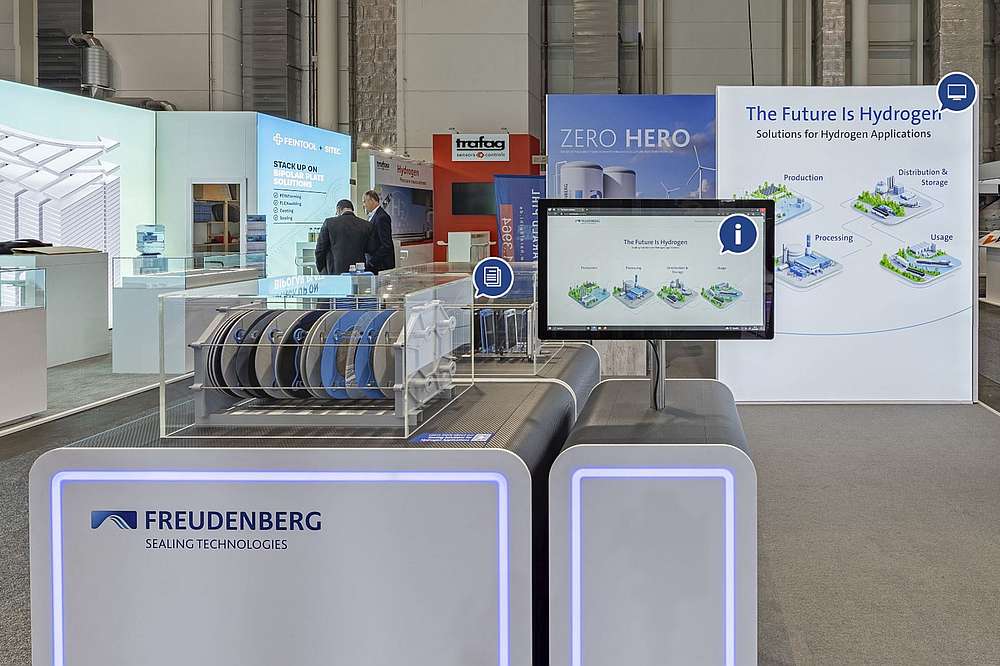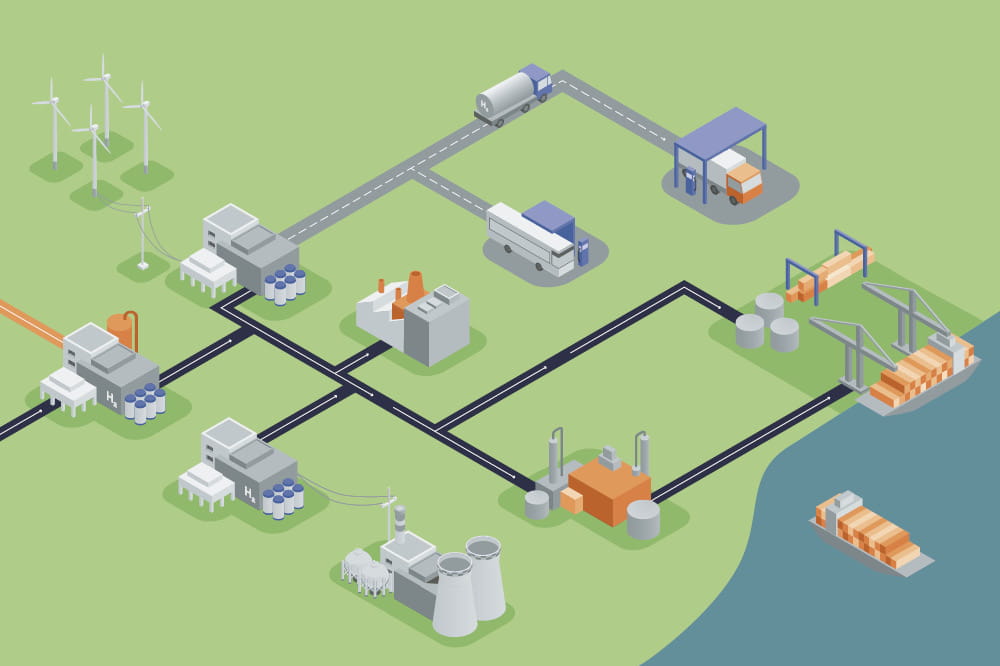Obtain news and background information about sealing technology, get in touch with innovative products – subscribe to the free e-mail newsletter.
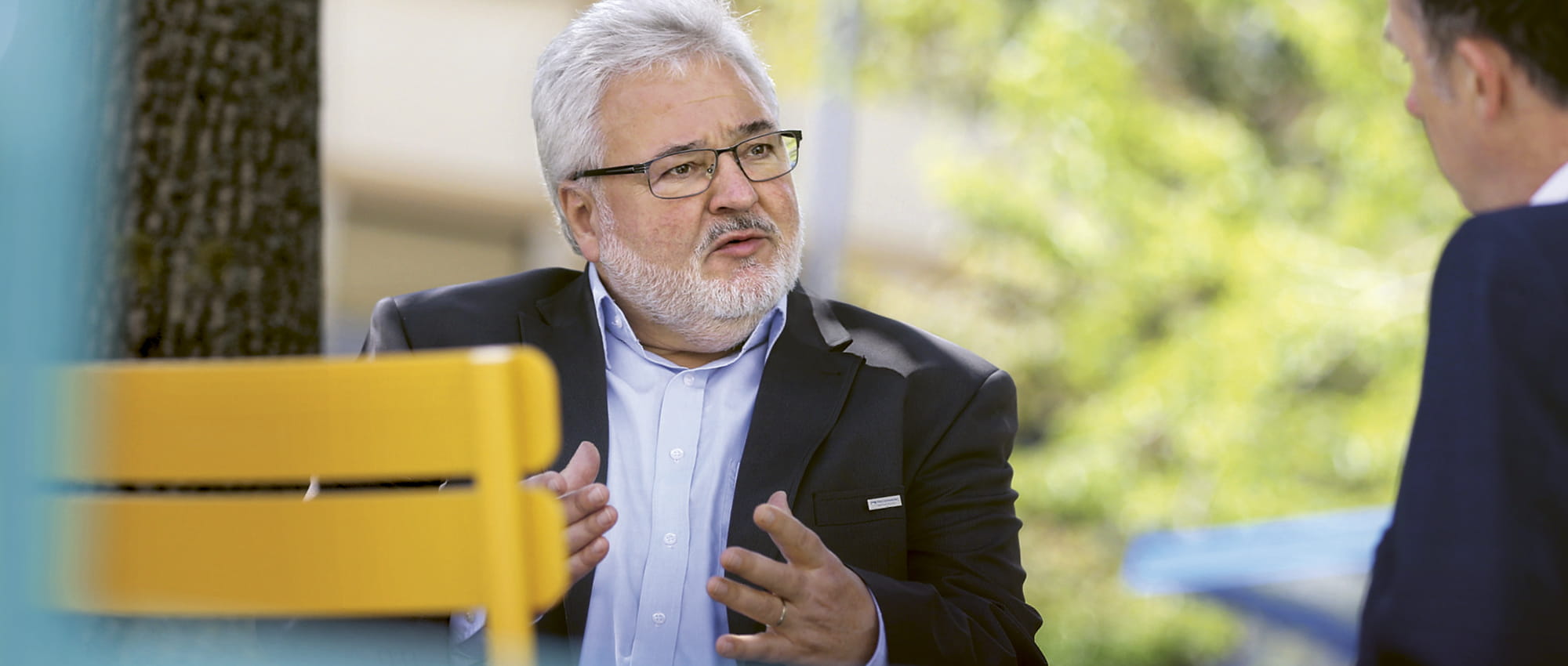
10.12.2019 | Story
Would the World Be Better Off without Plastic?
In the emotional debate over microplastics and the littering of the oceans with trash, Dr. Ernst Osen makes the case for a sober accounting. As the Head of Global Material Technology at Freudenberg Sealing Technologies, he is pressing ahead with the development and use of eco-friendlier materials.
Researchers have even found microplastics on ice floes adrift in the Arctic. Are you surprised at the poor image that plastics have?
It goes without saying that plastic should not enter the environment or the food chain. But we need to stick with the facts in the debate over plastic. A recent study by the Fraunhofer Institute for Environmental, Safety and Energy Technology found that nearly 90 percent of microplastics are produced at the use stage. If you include elastomers in the calculation, the greatest source in Germany is tire wear. On average, a car produces the equivalent of 2.2 to 3.3 pounds of microplastics over the course of a year. It is created by the friction between the pavement and the tires, although this is certainly desirable for safety-related reasons.
About half of all microplastic comes from elastomers – the class of materials that is processed at Freudenberg Sealing Technologies.
That’s right. That’s why we see the issue as our responsibility. But you can determine that it is highly unlikely for residue from the abrasion of our products – above all seals – to reach the environment. First of all, we design our seals to produce so little friction that hardly any residue is produced even over relatively long periods of use – and if it does, it remains in the oil circuit of the vehicle or machine.
Plastics are the material for the 21st century.
Dr. Ernst Osen, Head of Global Material Technology at Freudenberg Sealing Technologies
There isn’t just microplastic in the oceans. There are also huge expanses of garbage in the form of plastic packaging.
That is mainly a problem with proper disposal, especially in Asia’s growth markets. Incidentally, plastic packaging often has a better ecological footprint than other materials across the entire manufacturing and logistics chain. Due to high energy use during manufacturing, a paper sack, for example, must be used at least three times before its footprint is as good as that of a plastic bag.
Do you see plastics being rejected?
On the contrary. Plastics are the material for the 21st century. In 2000, global production stood at 187 million tons. Output climbed to 387 million tons by 2017.
That is the waste of tomorrow. What would a rational approach to recycling look like?
In Germany, nearly 100 percent of plastic waste is collected and recycled, often into energy in combined heat and power stations and other facilities. That makes sense because it reduces the use of coal and natural gas. Incidentally, this is how we currently dispose of a large share of our production waste. After all, rubber is also known as “elastic coal.”
But that is still not a sustainable circular economy. Does that mean that direct recycling is impossible?
There are technical limits, especially involving the maximum share of the old material. But the real hurdles lie elsewhere: first of all, relating to economic viability, and secondly, in the customers’ specifications.
What is your experience with the use of plastic based on renewable materials?
The same approach applies in principle. A few years ago, we had a project in the United States in which one of the base materials for a type of EPDM rubber was about 50 percent sugarcane. It was designed to be an ecologically innovative material for seals in electric cars, but it was about 20 percent more expensive than other options. In the end, the customer was not prepared to bear the extra cost. Nonetheless, we continued to develop the product and requested more of the material through our purchasing department. In some cases, plastic manufacturers were very hesitant to sell it to us. The processing of renewable materials often requires changes in the companies’ existing facilities and production processes.
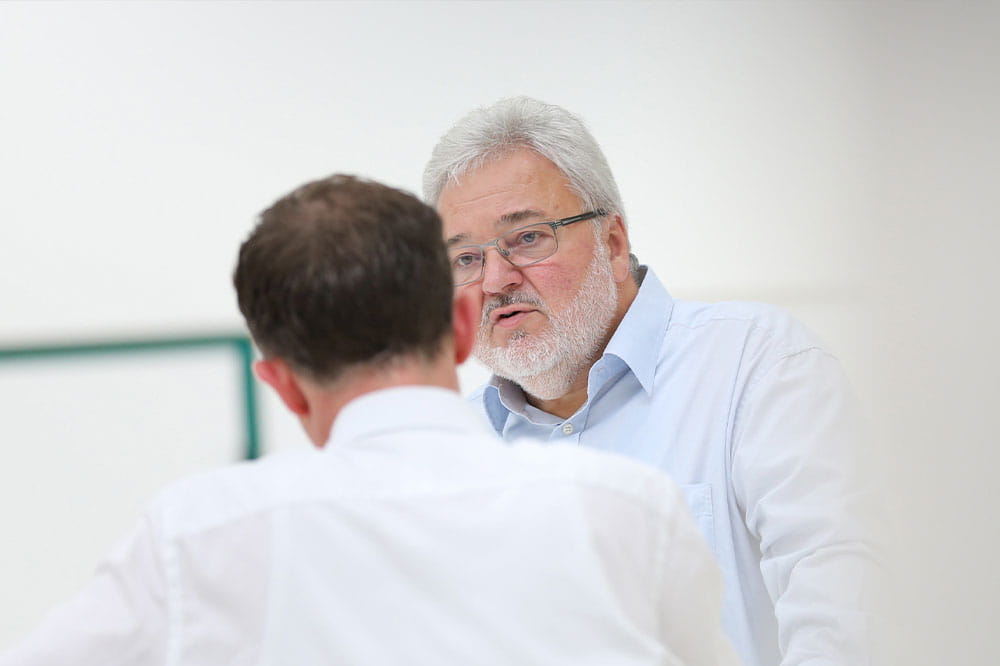
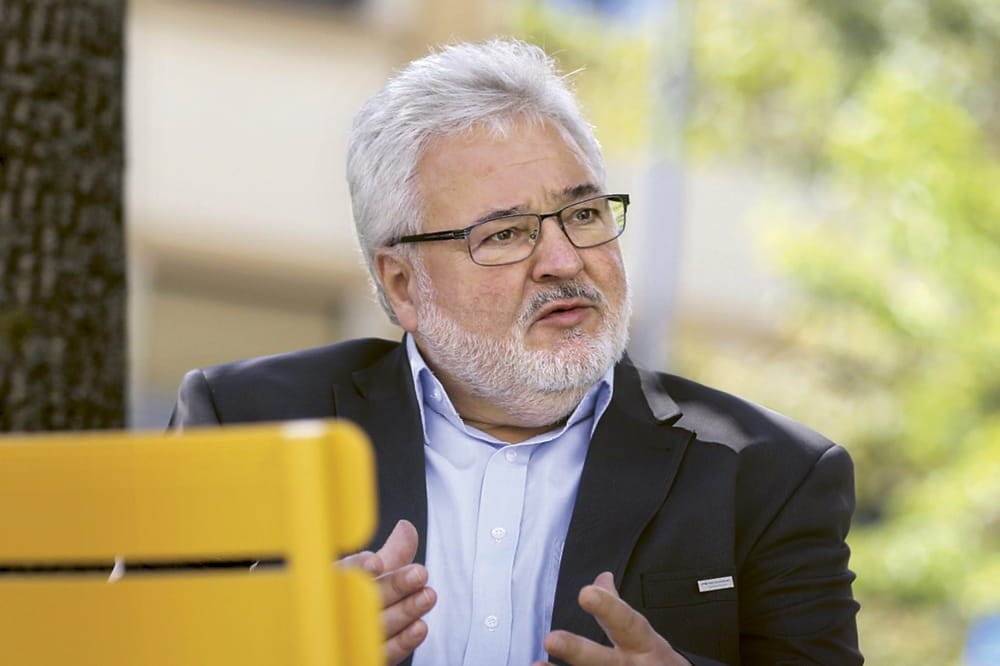
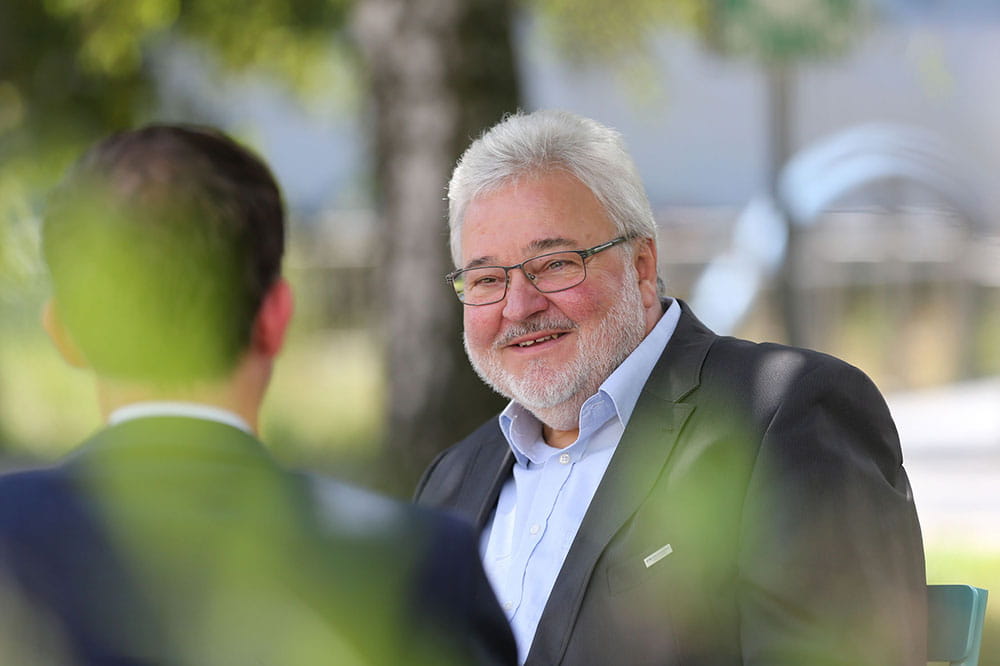
But renewable doesn’t necessarily mean sustainable in any case.
That’s true, too. Consider natural rubber. It can only be cultivated near the equator. Aside from the fact that it is not suitable as the basis for many technical products, its cultivation often does not meet our minimum ecological and social standards. That’s why purchasing takes a close look at supplier structures.
How then do you assess the ecological compatibility of individual materials?
So far, our elastomer database has been the most important tool. Here all potential raw materials are linked to information on critical ingredients. It also contains information on materials whose use is prohibited – we go significantly beyond legal requirements in our guidelines. We have had an IT-supported energy and environmental management system for several years. We know precisely at what point a particular amount of waste is created and how much energy we are consuming. Every area of the company had to define five top projects that now have to be carried out. This is making it possible to substantially reduce our CO2 footprint.
Let’s get back to materials: How realistic is it to use CO2 to make plastics?
That would be ideal. For example, we could use the carbon dioxide that occurs as part of the cement production process or even extract it from the atmosphere. We are working on this with the renowned Institute for Plastics Processing in Aachen, Germany, among other organizations. But it is important to note that this is still at the research stage and it will be some time before plastics of this kind are available to the market.
Do you consider a world without plastics to be inconceivable?
I would naturally prefer to have wood and leather in my environment instead of plastic. But many green technologies, ranging from fuel cells, to electric cars, all the way to solar cells and wind turbines, would be inconceivable without high-performance, technical plastics. And a car with an internal combustion engine would consume significantly more fuel if the roughly 2,000 plastic parts were replaced with their heavier metal counterparts.
Read more about Material Expertise at Freudenberg Sealing Technologies.
Dr. Ernst Osen
Dr. Ernst Osen, who earned his doctorate in chemistry, began his career in Freudenberg’s research activities about three decades ago. One of his first important projects was to explore the opportunities for recycling elastomers in the preparation for Europe’s first end-of-life vehicle directive. Today Osen is in charge of Global Material Technology at Freudenberg Sealing Technologies. In his free time, he does volunteer work in local politics and enjoys being outdoors.
More news on the subject Sustainability

Join Us!
Experience Freudenberg Sealing Technologies, its products and service offerings in text and videos, network with colleagues and stakeholders, and make valuable business contacts.
Connect on LinkedIn! open_in_new